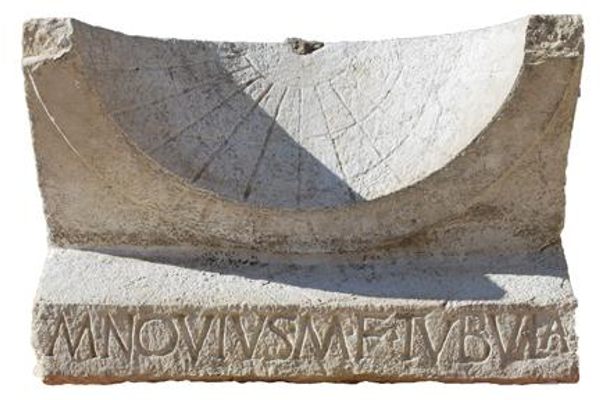Found: Underwater Ruins Hidden off the Coast of Tunisia
The city of Neapolis was destroyed by a tsunami in 365 A.D.

In the 4th century A.D., a Roman soldier and historian, Ammien Marcellin, recorded the fate of a coastal city in North Africa, Neapolis. Not many Roman historians bothered with Neapolis, after the city sided with Carthage in the third Punic War, in the 2nd century A.D. But Marcellin recorded its unfortunate fate, as The Independent reports: The same tsunami that hit Alexandria and Crete destroyed Neapolis almost entirely.
Now, the AFP writes, after seven years of searching, a team of archaeologists has found evidence that this bit of history is true. In modern times, no one had been able to find any trace of Neapolis. But Mounir Fantar and his colleagues looked underwater and finally found about 50 acres of Roman ruins off the coast of Tunisia, near the modern town of Nabeul.
The ruins include Roman streets and monuments, along with 100 tanks to ferment garum, the fish sauce used in Roman cuisine as a ubiquitous condiment. Finding the city, Fantar told the AFP, helps prove that this place was a major “center for the manufacture of garum and salt fish, probably the largest center in the Roman world,” before being thrashed by the water and disappearing from history.












Follow us on Twitter to get the latest on the world's hidden wonders.
Like us on Facebook to get the latest on the world's hidden wonders.
Follow us on Twitter Like us on Facebook